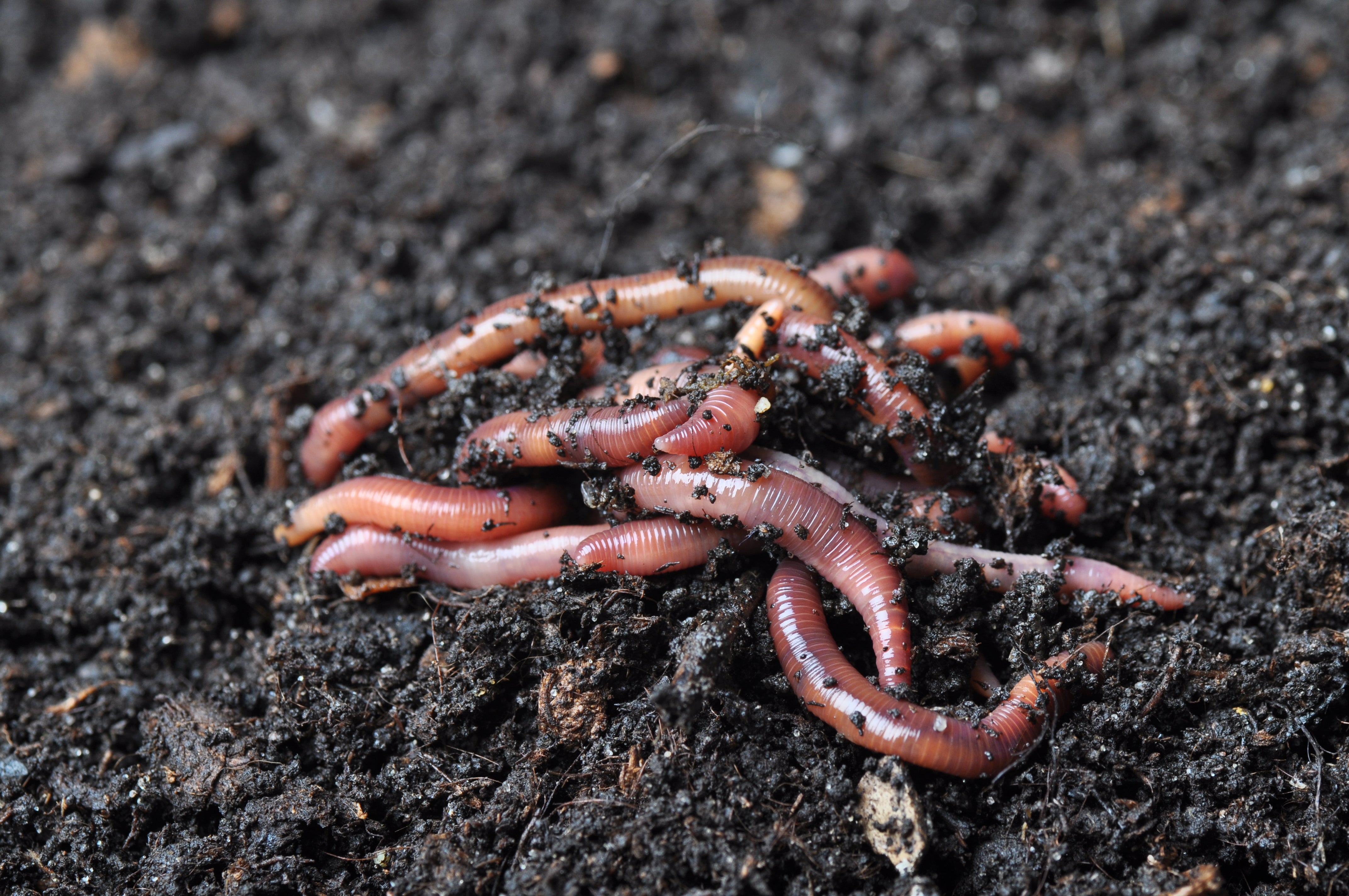Red Wiggler Express: Supporting Anglers with High-Quality Worms
Wiki Article
Red Wigglers: The Unsung Heroes of Organic Waste Recycling
Red wigglers, or Eisenia fetida, serve as essential agents in the organic waste reusing process, changing thrown out materials right into beneficial vermicompost. As the globe progressively seeks solutions to deal with waste build-up and improve agricultural efficiency, comprehending the function of these worms becomes important.What Are Red Wigglers?
The exceptional durability of red wigglers, medically known as Eisenia fetida, highlights their crucial duty in organic waste recycling. These tiny, reddish-brown earthworms are usually found in decaying raw material, such as garden compost piles and manure stacks. Lake Hickory Bait. Unlike various other earthworm species, red wigglers prosper in nutrient-rich atmospheres and are highly effective at breaking down natural materials, making them vital for vermicomposting
(Lake Rhodhiss Bait)In addition to their role in waste decrease, red wigglers contribute to soil health by enhancing soil structure and aeration with their delving activities (Lake Hickory Bait). Their presence in composting systems not only enhances decay rates but likewise promotes a lasting method to squander monitoring, highlighting their relevance in ecological conservation initiatives
Advantages of Composting With Worms
Composting with worms, especially red wigglers, offers countless benefits that enhance both waste management and soil health and wellness. First, these worms efficiently damage down natural waste, converting it right into nutrient-rich vermicompost that enriches soil. This process speeds up disintegration, enabling a faster recycling of kitchen scraps and other organic products compared to standard composting methods.Additionally, the vermicompost generated by red wigglers is teeming with helpful microorganisms, which assist improve dirt framework, oygenation, and dampness retention. This improves the total wellness of plants, promoting strenuous development and boosted yields in gardens and agricultural setups. In addition, making use of worms in composting minimizes the production of greenhouse gases, such as methane, adding to an extra sustainable waste monitoring system.

How to Begin Vermicomposting
Establishing a vermicomposting system is a straightforward procedure that can generate considerable benefits for both waste management and soil enrichment. To start, select a suitable container, such more helpful hints as a plastic bin or wooden box, with adequate ventilation openings to make certain proper airflow. The dimensions ought to preferably be about 2 feet by 3 feet, enabling ample space for the worms to flourish.Following, prepare bedding product, which can contain shredded paper, cardboard, or coconut coir. This bed linen needs to be moistened to develop an appropriate environment for the worms. Once the bedding remains in location, introduce red wigglers (Eisenia fetida) into the bin, typically around one pound of worms for each square foot of area.
Complying with the placement of worms, add natural waste, such as fruit and veggie scraps, coffee grounds, and smashed eggshells. Prevent adding dairy products, meat, or oils, as these can produce smells and bring in insects. Finally, place the bin in a shaded, temperature-controlled area to maintain optimum problems for worm activity. With these actions, you will efficiently initiate a vermicomposting system that contributes to sustainable waste management and enriches your soil.
Preserving a Healthy And Balanced Worm Container
(Red Wiggler Express)Maintaining a worm container thriving calls for routine attention and treatment to guarantee the health of the red wigglers and the effectiveness of the composting process. Correct upkeep starts with checking the wetness levels; the container must perspire but not waterlogged. A good guideline is to preserve an uniformity similar to a wrung-out sponge.Carefully mixing the bed linen and food scraps every few weeks stops compaction and makes certain that all worms have accessibility to oxygen. Furthermore, it is vital to feed the worms properly.
Temperature level guideline is another essential element. Red wigglers thrive in a series of 55 to 77 degrees Fahrenheit. If the bin ends up being also hot or cold, the worms may become stressed - Lake Hickory Bait. Regularly check for indicators of health and wellness, such as worm population development and the existence of healthy castings. By carefully managing these factors, one can preserve a durable and effective worm bin.
Effect On Sustainable Living
The successful maintenance of a worm bin not just profits the health of red wigglers however also contributes substantially to lasting living methods. By recycling natural waste, such as kitchen area scraps and yard debris, red wigglers aid divert considerable amounts of product from land fills. This decrease in waste not only decreases greenhouse gas emissions but also lessens the ecological problem connected with waste monitoring.Additionally, the castings generated by red wigglers function as a nutrient-rich organic fertilizer, improving soil health and advertising plant growth. This all-natural choice to chemical fertilizers supports sustainable agriculture and gardening practices, reducing dependence on artificial inputs that can harm ecosystems. Furthermore, worm composting fosters recognition of waste administration, encouraging people and communities to take on even more lasting practices.

Verdict
In recap, red wigglers function as vital contributors to organic waste recycling via their efficient decay of natural materials. Their ability to generate nutrient-rich vermicompost enhances soil wellness and supports lasting agricultural practices. By integrating vermicomposting into waste monitoring approaches, individuals and areas can considerably reduce waste while advertising environmental sustainability. The role of Eisenia fetida in promoting healthy environments underscores the importance of these microorganisms in achieving lasting living and improving soil fertility.Report this wiki page